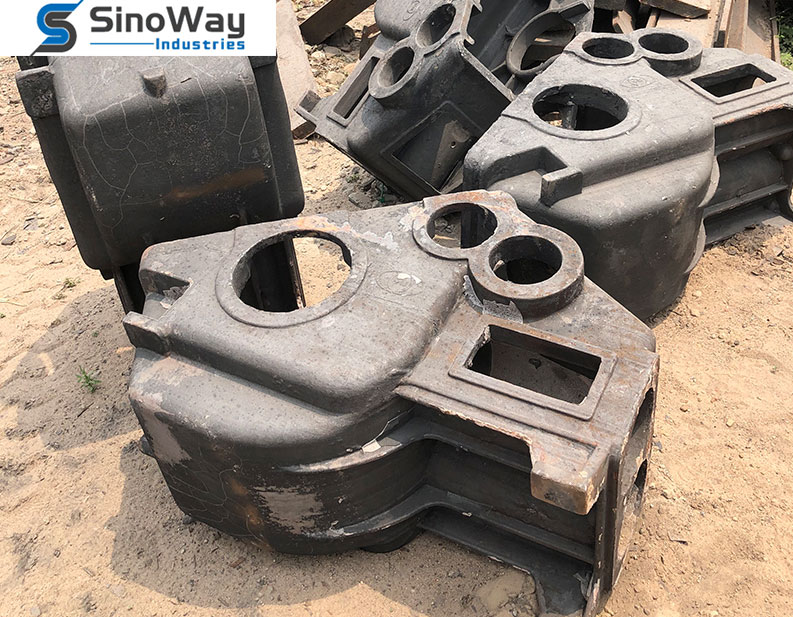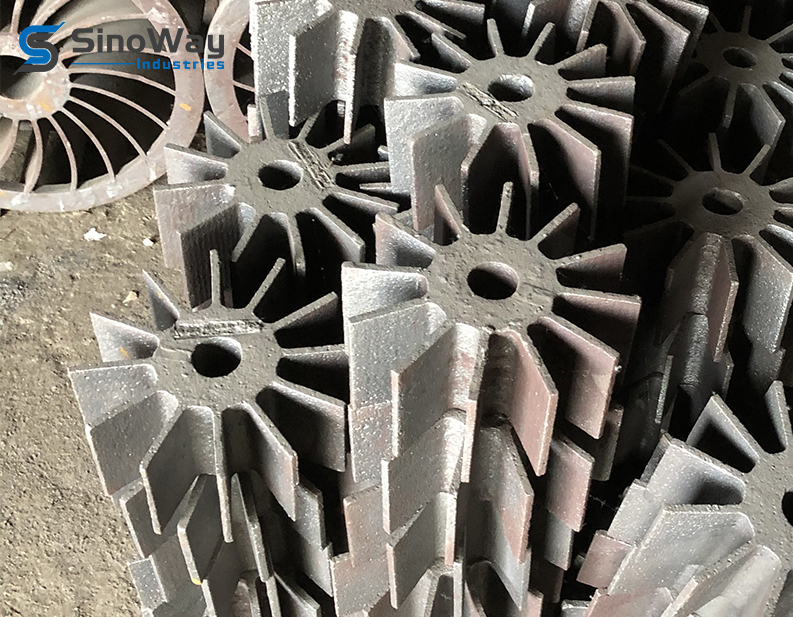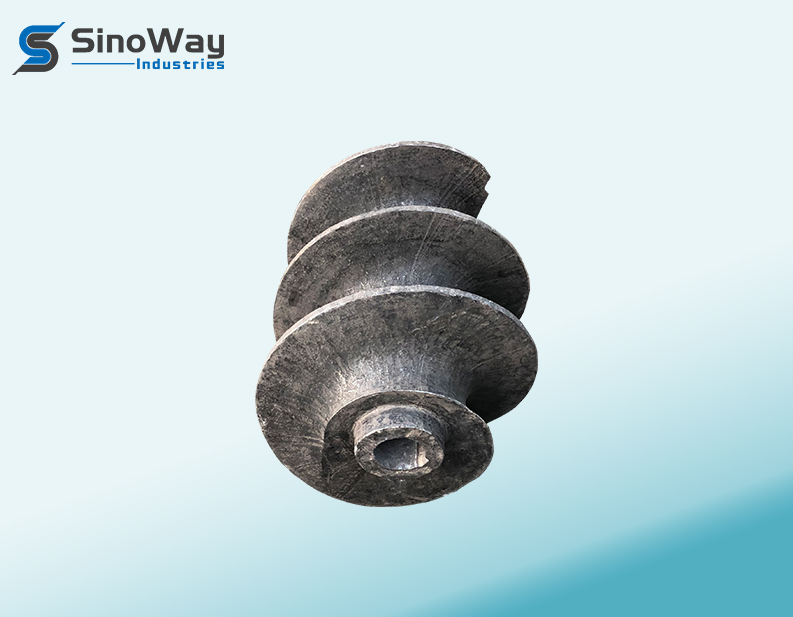Deep drawing is a fundamental process in sheet metal fabrication, enabling the creation of complex, seamless, and high-strength components for a wide range of industries. As a leading sheet metal manufacturer, Sinoway specializes in delivering precision deep drawing solutions to meet the evolving demands of modern manufacturing. In this comprehensive guide, we’ll explore the deep drawing process, its advantages, common applications, and how Sinoway ensures exceptional quality and performance in every project.
What is Deep Drawing?
Deep drawing is a metal forming technique that shapes flat sheet metal into hollow, three-dimensional forms using a punch and die. The process involves placing a sheet metal blank over a die cavity and pressing it with a punch, causing the material to flow into the die and take its shape. Deep drawing is distinguished by its ability to produce parts with significant depth compared to their diameter, such as cans, automotive panels, kitchen sinks, and more.
Key Steps in the Deep Drawing Process
- Blank Preparation: Cutting the sheet metal into a precise blank shape and size.
- Positioning: Placing the blank over the die cavity.
- Drawing: The punch applies force, drawing the metal into the die to form the desired shape.
- Trimming: Removing excess material and refining edges for the final product.
The process may involve multiple stages, especially for complex or deep components, including redrawing and ironing steps to achieve the required geometry and surface finish.
Advantages of Deep Drawing in Sheet Metal Fabrication
Deep drawing offers several significant benefits, making it a preferred choice for high-volume and precision manufacturing:
- High Production Efficiency: Once the tooling is set up, deep drawing allows for rapid production of large volumes with consistent quality.
- Material Efficiency: The process minimizes waste, as most of the sheet material is formed into the final part.
- Superior Strength: Deep drawn parts often have enhanced structural integrity due to work hardening during forming.
- Seamless Construction: The absence of welds or joints improves durability and aesthetics.
- Versatility: Suitable for a wide range of metals, including stainless steel, aluminum, copper, and brass.
At Sinoway, our expertise in deep drawing ensures that clients benefit from all these advantages, with meticulous attention to detail and strict quality control at every stage.
Common Applications of Deep Drawing
Deep drawing is widely used across various industries due to its versatility and cost-effectiveness. Some typical applications include:
- Automotive components (fuel tanks, body panels, airbag housings)
- Consumer goods (kitchen sinks, cookware, appliance housings)
- Electronics (enclosures, battery cases, connectors)
- Medical devices (surgical instrument housings, containers)
- Industrial equipment (pump housings, filters, pressure vessels)
Sinoway’s advanced manufacturing capabilities allow us to serve clients in all these sectors, delivering custom deep drawn parts that meet the most demanding specifications.
Materials Used in Deep Drawing
Selecting the right material is crucial for successful deep drawing. The most commonly used materials include:
- Stainless Steel: Offers corrosion resistance and excellent formability, ideal for food, medical, and automotive applications.
- Aluminum: Lightweight and easy to form, suitable for electronics and transportation.
- Cold Rolled Steel: Cost-effective and strong, widely used in industrial applications.
- Copper and Brass: Excellent electrical conductivity, used in electrical and decorative products.
Sinoway’s material selection process ensures that each project uses the optimal metal for performance, durability, and cost-effectiveness.
Deep Drawing vs. Metal Stamping
While both deep drawing and metal stamping are essential sheet metal forming processes, they differ in key ways. Metal stamping typically involves cutting, bending, and shaping flat sheets into parts with less depth, while deep drawing is specifically designed for creating deeper, hollow shapes. At Sinoway, we offer both services, allowing clients to choose the best method for their application, whether it’s for shallow, complex profiles or deep, seamless components.
Design Considerations for Deep Drawn Parts
Successful deep drawing requires careful design to prevent defects such as wrinkling, tearing, or thinning. Key design tips include:
- Corner Radii: Use generous radii to reduce stress concentrations and facilitate material flow.
- Wall Thickness: Maintain uniform wall thickness to ensure strength and avoid weak spots.
- Draw Ratio: Keep the depth-to-diameter ratio within recommended limits to minimize the risk of failure.
- Lubrication: Proper lubrication reduces friction and tool wear, improving part quality.
Sinoway’s engineering team works closely with customers during the design phase to optimize part geometry for manufacturability and performance.
Quality Control and Inspection
At Sinoway, quality is at the heart of our manufacturing process. We employ rigorous inspection protocols at every stage, from raw material verification to in-process monitoring and final dimensional checks. Advanced measurement tools and statistical process control ensure that every deep drawn component meets or exceeds client expectations.
Key Quality Assurance Steps
- Material certification and traceability
- Tooling inspection and maintenance
- Dimensional checks using CMM and gauges
- Surface finish and defect analysis
Sinoway’s Deep Drawing Capabilities
As a trusted sheet metal manufacturer, Sinoway offers end-to-end deep drawing services, from prototyping to mass production. Our facility is equipped with state-of-the-art hydraulic and mechanical presses, precision tooling, and skilled technicians. We support complex geometries, tight tolerances, and a wide range of part sizes.
Why Choose Sinoway?
- Extensive experience in deep drawing across multiple industries
- Custom tooling design and rapid prototyping
- Flexible production volumes, from small batches to millions of units
- Comprehensive post-processing (trimming, deburring, surface treatment)
- Commitment to on-time delivery and competitive pricing
Conclusion
Deep drawing is a powerful and efficient method for producing high-quality, seamless sheet metal components. Sinoway’s advanced capabilities, combined with our commitment to precision and customer satisfaction, make us the ideal partner for your next project. Whether you need deep drawn parts for automotive, electronics, medical, or industrial applications, our team is ready to deliver solutions that meet your exact requirements. Contact Sinoway today to learn more about our deep drawing services and how we can help bring your designs to life.







